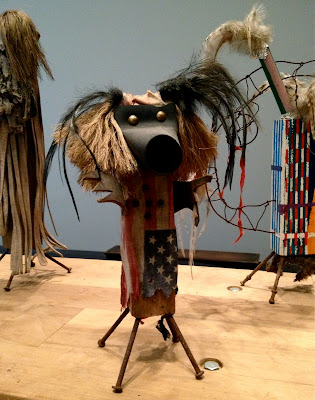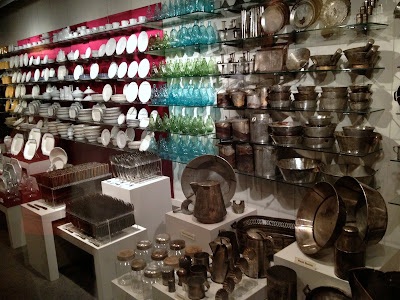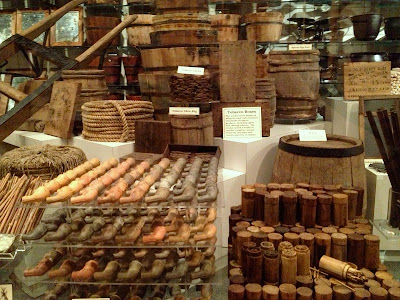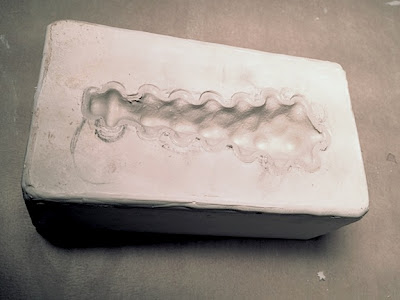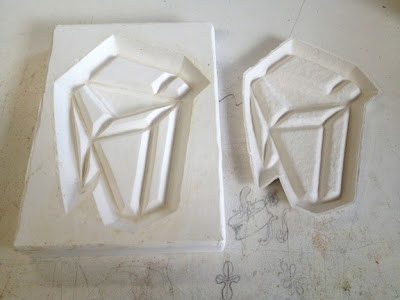 |
| View from atop the World War monument |
I just got back from a very enjoyable weekend spent with my brother and niece in Kansas City. We hit the local hotspots like the Plaza and Westport, plus went off the tourist track to places such as the
City Market and the
Kansas City Ballet.
Of course with the
Kansas City Art Institute as my alma mater, I had to take stroll around campus and see how the old brick and mortar were holding up.
 |
| Warwick House at KCAI |
 |
| Painting Studios at KCAI |
I selected KCAI after looking at several other collages including Cooper Union and the Art Institute of Chicago. KCAI is a small school which gives each student more access to teachers. I had my own painting studio space with unofficial 24 hour access and there were no mandatory classes in subjects like economics or foreign languages.
Across the street from KCAI is the
Nelson Atkins Museum. It has expanded since I last stopped by so there were lots of new things to see as well as old friends like Ms. Persephone, Thomas Heart Benton's masterpiece.
Looks like Lipchiz's Bather is a bit taken aback by Persephone's clothing optional picnic.
As for myself, I was a bit surprised to respond so favorably to
Brad Kahlhamer's Calder-esque Kachinas. He uses found materials in a manner that taps into handcraft while avoiding assemblage cliches.
On my must see list was a visit to the
Steamboat Arabia Museum. The Arabia sank in 1856 just a few miles up the Missouri river from KC.
It was fully loaded with items that were to be sold further up river. Crates of pots and pans, barrels of dinnerware...
...Tobacco products such as clay pipes and wood cylinders of matches...
Here is their conservation studio. It's open to public tours. They've spent 8 years conserving shoes from the Arabia. A truly outstanding collection and exhibit.
On Sunday, the local VW club gathered at the City Market. My family had a VW bus when I was growing up, and I drove a Karmann Ghia while I was attending KCAI. So this rally brought back some buried memories.
The National World War 1 memorial is a prominent feture on the KC skyline. The large
National World War One Museum is appropriately entrenched under the monument. The museum with its life sized dioramas of trench war fair and the thousands of artifacts presents the very complex issues of the Great War in a comprehensive manner. The monument itself, a big stone column thrusting upward into the open sky makes it pretty clear what was at the root of the conflict.
I started watching the second season of
Downton Abbey, so this museum visit has really filled in the gaps that the TV show can only hint at.
Well, that's my latest adventure. If you click on all the links I've provided it'll almost be like you were there.






